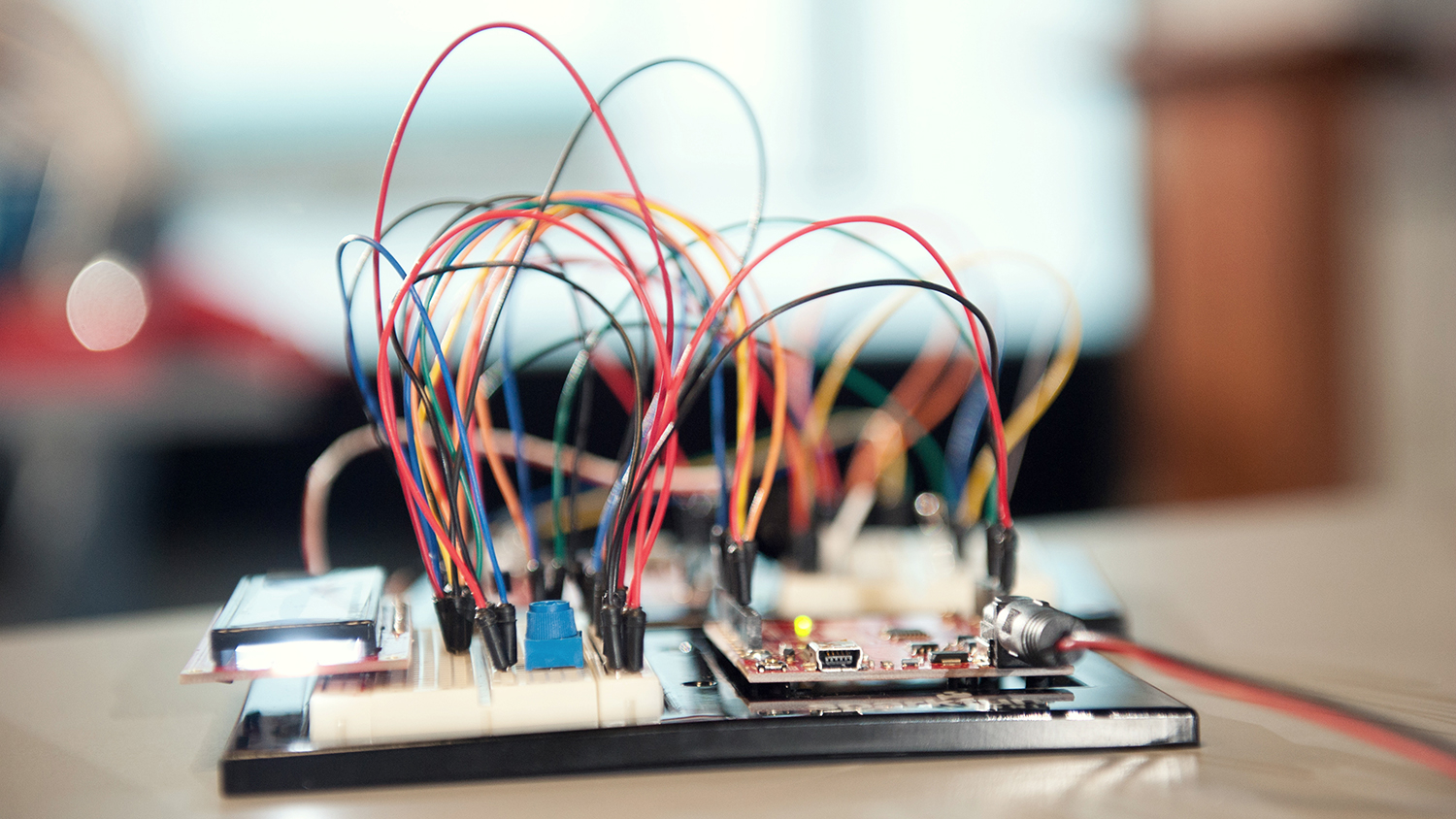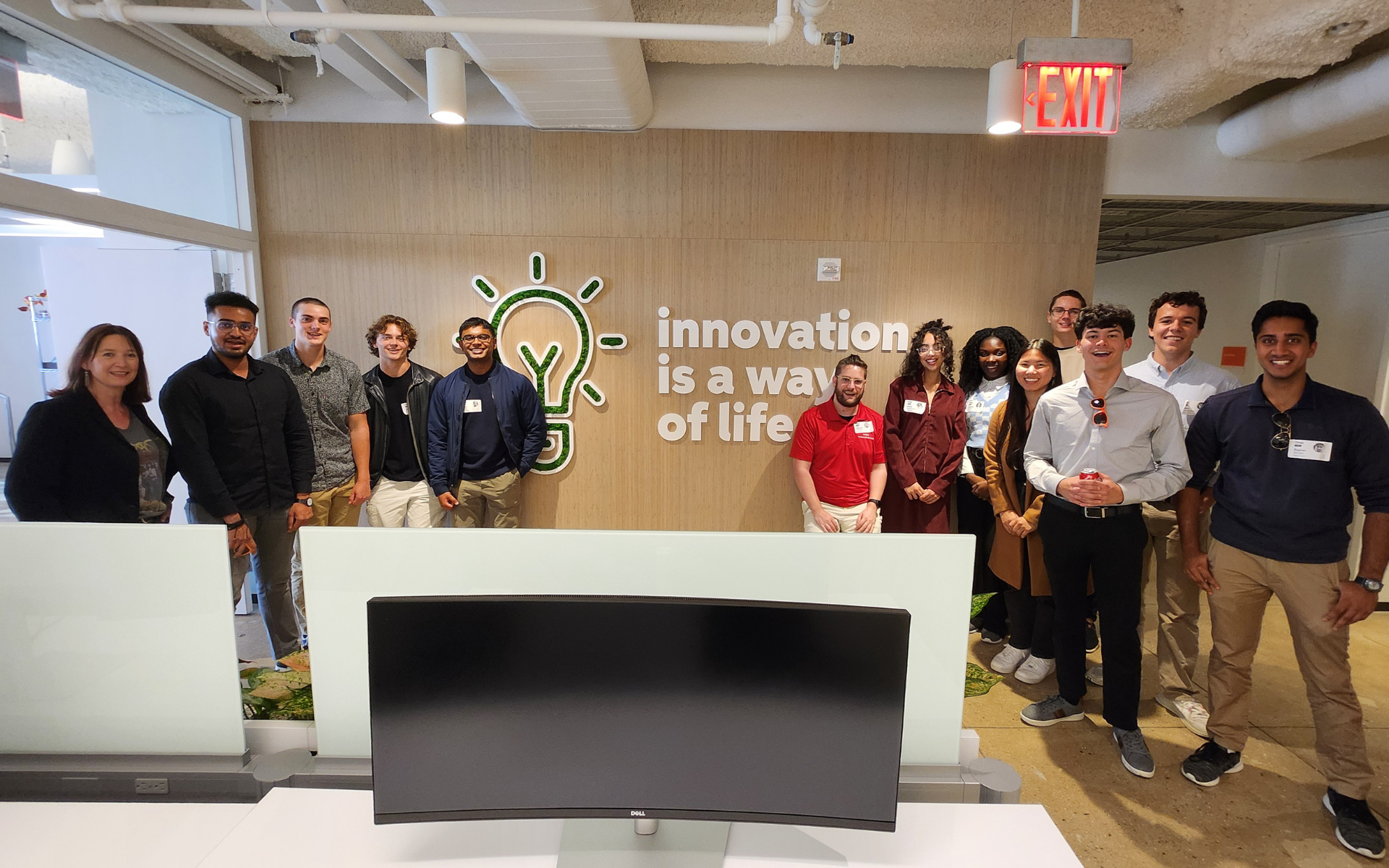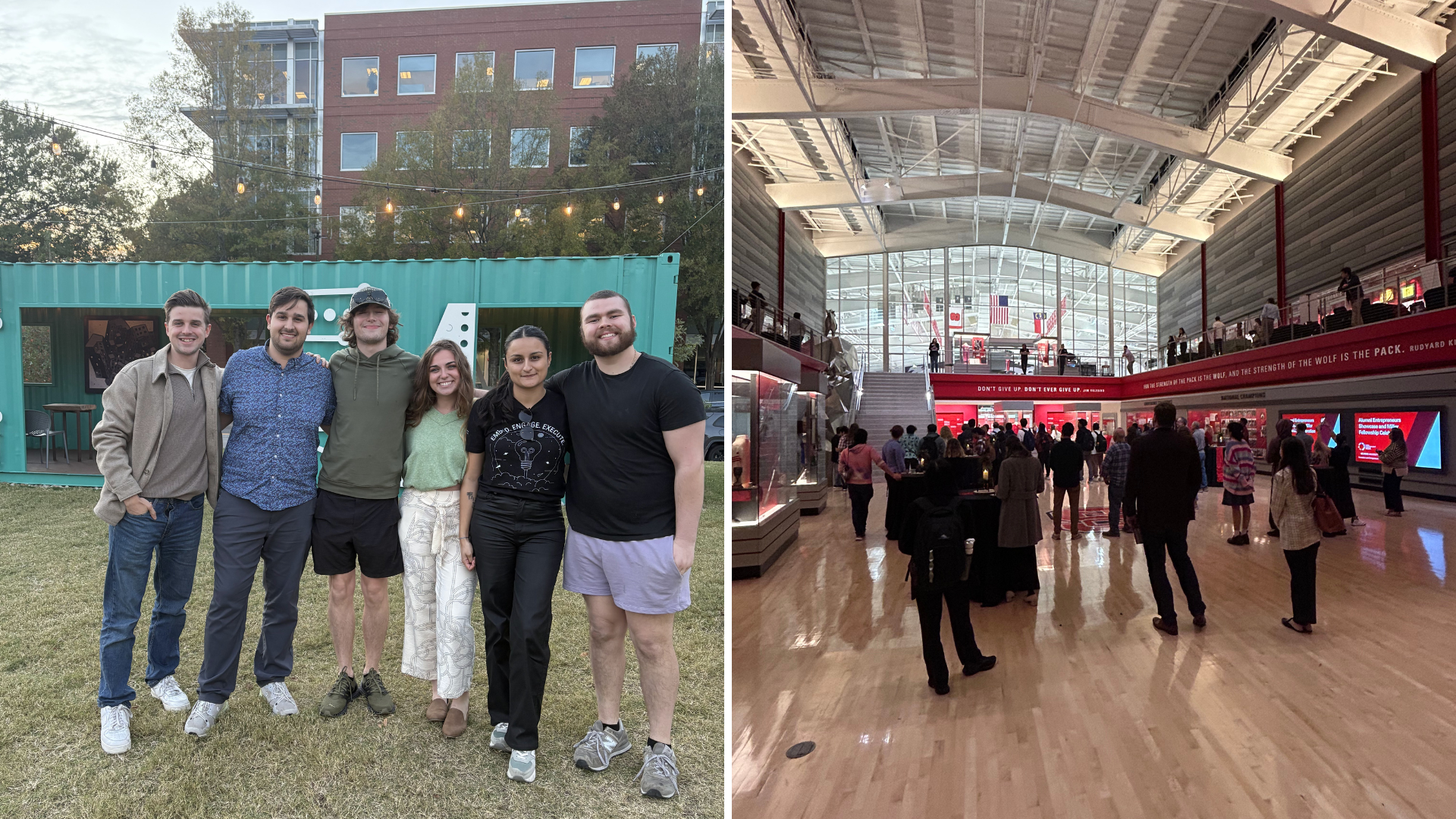Pack Hacks for Faculty: Tech Transfer Tips

Welcome back to Pack Hacks for Faculty. Each month, a member of the NC State faculty will provide quick tips, advice and other insight to facilitate your teaching, research, scholarship or engagement activities. If you are interested in making a submission for a future Pack Hacks for Faculty, please review our submission guidelines and contact provost-communications@ncsu.edu if you have questions.
This month, Fran Ligler, Lampe Distinguished Professor of Biomedical Engineering in the Department of Biomedical Engineering, gives advice on making the most out of tech transfer efforts.
Tech Transfer Tips
Fran Ligler
 NC State ranks No. 2 nationally in commercialization of research among universities without a medical school. That’s an impressive statistic, but it takes long hours, endless hard work and truly innovative ideas by faculty to make that achievement possible. We also have an excellent Office of Research Commercialization to provide solid resources for our faculty and staff.
NC State ranks No. 2 nationally in commercialization of research among universities without a medical school. That’s an impressive statistic, but it takes long hours, endless hard work and truly innovative ideas by faculty to make that achievement possible. We also have an excellent Office of Research Commercialization to provide solid resources for our faculty and staff.
Though research commercialization can be daunting, it is very much within the realm of possibility for faculty regardless of years of experience or discipline. From my own journey as a scientist, engineer, and inventor, I’ve learned some invaluable lessons on making tech transfer successful.
Problem Awareness
Before anyone can be aware of the benefits of using your technology, you have to think of why your invention would make a difference. It sounds simple, but the turning an idea into a successful invention starts with identifying a problem that needs solving. What would make the work of you and your colleagues easier, and what would make the lives of others better?
Assessing Value
How do you assess the value of a patent? We all like to think that a lightbulb will just turn on in our heads, but truthfully there are seldom “a-ha” moments in research commercialization. What is the critical piece of the technology that makes what you’re trying to do work? It doesn’t have to be entirely new. Sometimes an improvement over current technology is just as valuable as the original patent, if it adds a capability that is really important for the user.
If you decide you might have something patentable, you need to understand commercial metrics to figure out if your invention holds true value. Think about what other patents exist in the space where you are trying to operate. If another patent is very close to your idea, think about if you can design a product that works better in some way, and if any differences give your product a significant edge.
Getting from Invention to Product
It is important to consider whether you want to license your technology to a pre-existing company or create a startup. If you license to a pre-existing company, you have options to choose the most appropriate commercial partner and maintain more of a work-life balance. There’s likely less stress going this route, with technical leadership being your foremost duty.
However, you may maintain more control over your technology through a startup. There’s also greater potential financial reward, with the trade-offs being recruiting others to work with you and more irregular hours and duties.
Understanding the Process
There’s certainly a method behind the madness with research commercialization. You must have the right motivation for sustained success, and that includes working toward a solution fit for end-users of your technology.
You also need to surround yourself with the right team. Find people smarter than yourself to work with — people who have unique skills and know how to do things you don’t. Give them the independence to solve a problem with their own skills, providing leadership all the way through.
Realizing Your Vision
To summarize, you’re not going to have all the answers to the world’s problems, but as an inventor, you will have some answers to specific problems. Create a vision for what you want to achieve, and turn that into something concrete. Surround yourself with the right team and give input that will inspire the right output.
*This article was adapted from an article by David Hunt and presentation by Fran Ligler. You can find the article and a video of that presentation here.
Fran Ligler is the Lampe Distinguished Professor of Biomedical Engineering in the Department of Biomedical Engineering in the College of Engineering. She can be reached at fsligler@ncsu.edu.
This post was originally published in Provost's Office News.


